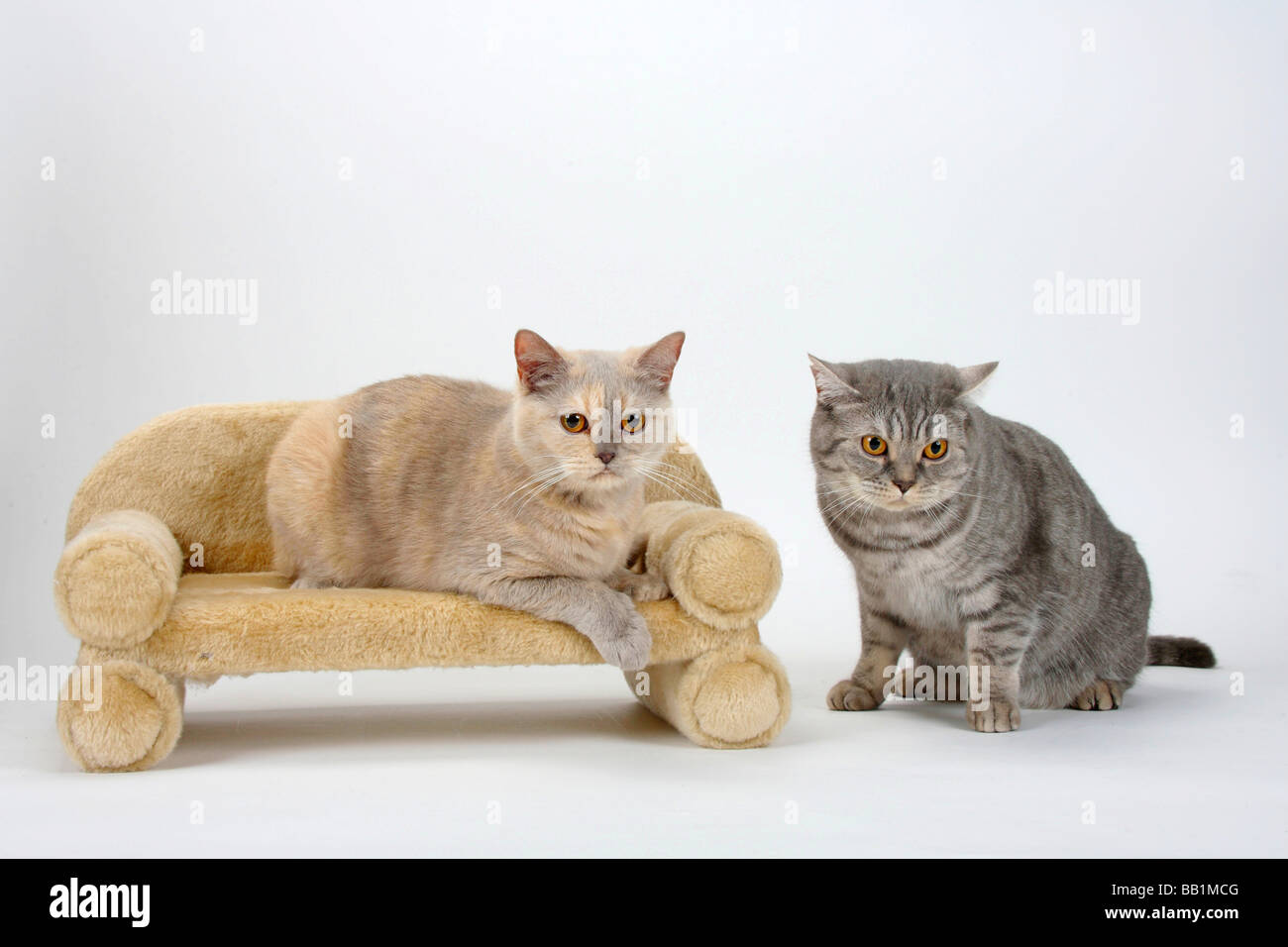

The father of the first litter must be dd Bb1.His dad is blue = dd B- (We know dad has one copy of B but don't know if he carries b or b1).So as far as the father of the first litter is concerned, But for a tortoiseshell, you will see the basic color (black, blue, chocolate, lilac, cinnamon or fawn) mixed with red or cream. With red or cream cats (not tortoiseshells), genetically a cat could be a chocolate-based or a cinnamon-based red or cream (as opposed to a black-based red or cream), but there isn't really a visual difference in the color. The sex-linked red gene (O for the Orange gene locus) also interacts with the above colors to make red / cream or tortoiseshell. I'll use images from Sarah Hartwell's Messybeast site as illustrations: because cinnamon is recessive to chocolate. Lilac cats must have two copies of d (dilute), and either two copies of b (chocolate), or one copy of b and one copy of b1 (cinnamon).Fawn cats must have two copies of d (dilute) and two copies of b1 (cinnamon) = dd b1b1.Blue cats have two copies of d (dilute) and at least one copy of B (black).The dilute version of chocolate is lilac.

Lilac silver tabby british shorthair full#
Chocolate is recessive to full color, while cinnamon is recessive to chocolate. The Brown gene locus has three known alleles, B (black), b (chocolate), and b1 (cinnamon).The Dilute gene locus has two known alleles, D (non-dilute) and d (dilute / blue) which is recessive.I know that you've already looked up some genetic information, so just bear with me, since I will probably cover something you already know. The fawn female and blue male in the picture (parents of father of first litter) look like they are probably registered British Shorthairs? So you know for sure that the mother of that male is fawn (not lilac)?įawn, lilac, and cream can be similar looking, but they are genetically different colors. Ok, with the new information and pictures, we can figure out a few more things.


 0 kommentar(er)
0 kommentar(er)
